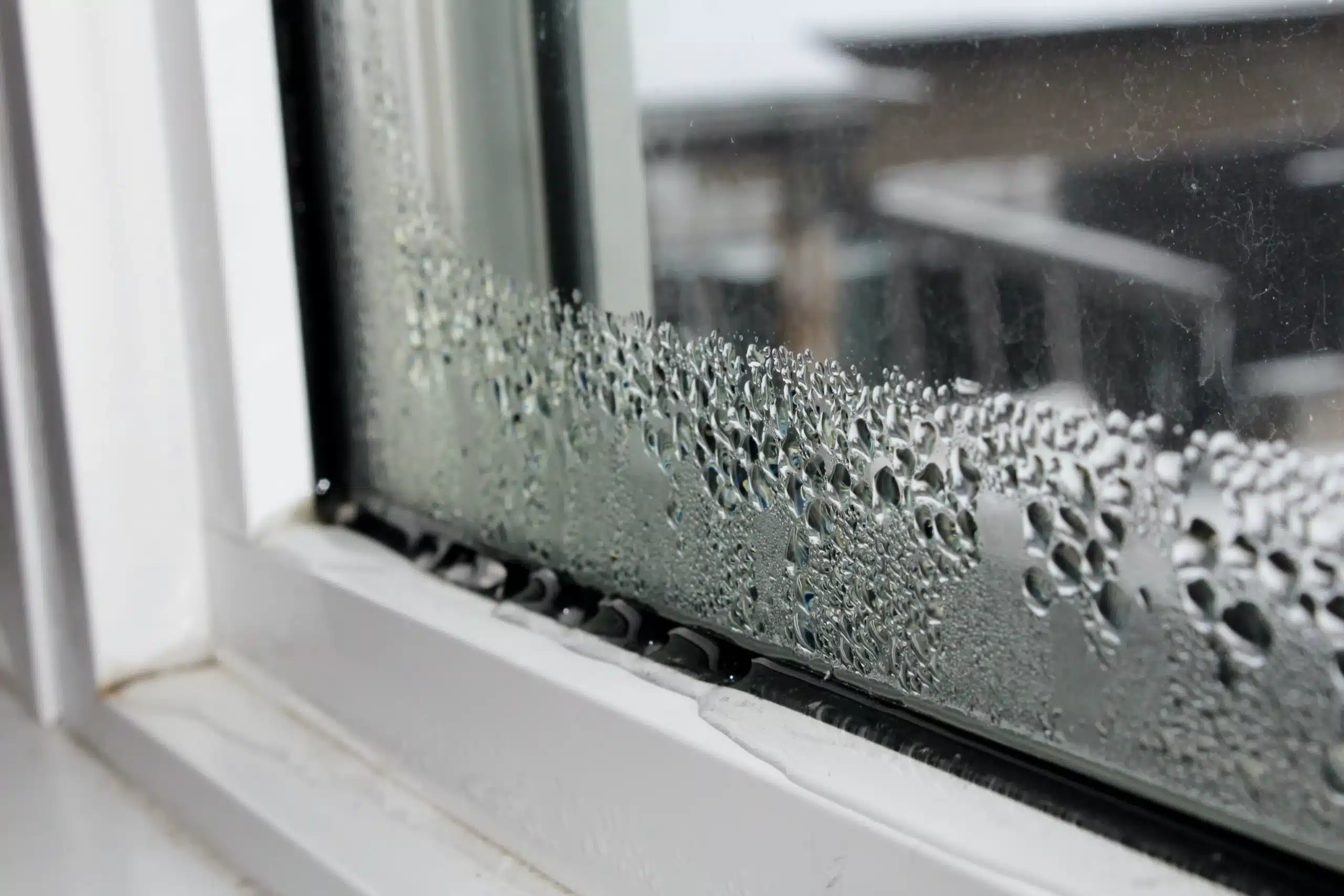Serving Business in Western Canada With Offices in Calgary, Edmonton & Lethbridge
Take control of health standards in your building. An Industrial hygiene assessment can help your organization anticipate and manage hazard levels within your spaces after a hazardous material assessment sets your interior’s baseline. Allow us to help you manage hazard levels in your buildings as we dispatch from our offices across Western Canada in Calgary, Edmonton & Lethbridge.
Toxic Materials
Comfort Parameters
Noise Levels
LEED Accreditation
Our approach to industrial hygiene testing begins with inspecting your space. We actively look into your industrial processes and your work there to identify hazards and design a mitigation plan. Depending on your space’s build year and location, it can present potential issues. At ASE, we understand all industrial processes are different. That’s why we’re prepared to handle anything from mold, noise, lead, chemical exposure, and welding fumes.
Mold testing is a core part of our process, as is its prevention through hygiene assessments. We’ll advise on how to manage humidity and temperatures discouraging mold growth.
If your processes involve lead exposure, we can focus on containment and proper hygiene procedures so ongoing lead presence can be managed.
In high-radon locales like the praries, working in enclosed spaces near thin concrete slab can pose an air quality hazard, but we can identify and help mitigate radon.
Silica is fine, crystalline particulate matter that’s disturbed during renovation, lowering air quality and impacting health. We’ll let you know your levels and what you can do.
If your work involves disturbing building materials from older structures, we’re here to advise on how to protect workers from exposure to underlying asbestos.
As we get a feel for your industrial processes, we can measure noise levels presenting occupational hazards. Let us help you avoid occupational hearing loss.
LEED provides a framework for identifying and implementing practical and measurable green building design, construction, operations and maintenance solutions – and we can also assist in qualification.
Our hygiene assessments are comprehensive, so you know the sources of contaminants and how to isolate them.
We’ll advise on ventilation setups so you can control airflow and promote healthy airflow in work areas, as well as containment or venting solutions surrounding them.
Humidity levels especially need purposeful control to avoid mold accumulation, which we can identify for you. We’ll help you manage your humidity.
We’ll advise on temperature levels that, combined with humidity levels, will make for inhospitable conditions for mould to take root.
Professionals should develop company policies and procedures that comply with health and safety regulations. We can create a step-by-step process to pave healthy paths forward in your operations.

We begin our occupational hygiene assessment with enough knowledge and experience in developing hygiene programs to identify the best way forward. As we get to know your key processes and building condition, ASE Services can help you avoid future contamination problems resulting from the work being done onsite.
An industrial hygiene risk assessment is an evaluation of the health and safety risks associated with a particular workplace. The aim is to identify any potential hazards or stressors and recommend measures to protect workers’ health despite exposure to them.
The evaluation will typically include an inspection of the workplace, identification of potential sources of exposure, and assessment of the level of risk posed by those exposures. It may also include sampling for airborne contaminants, noise levels, and other factors that could pose a risk to workers’ health.
Industrial hygienists are responsible for protecting the health and safety of employees in workplaces. They do this by assessing work environments to identify potential hazards (such as chemical leaks, noise levels, and air quality) and by implementing measures to reduce or eliminate these hazards.
Additionally, industrial hygienists often provide training on how to safely work in hazardous environments, and they may also be involved in research on the health effects of various workplace exposures.
Essential training must be given to your key employees to improve their knowledge of and aptitude for recognizing contaminants and properly utilizing hazardous materials. We offer contaminant awareness, WHMIS certification, and government-approved training on designing safer work and workplaces. Bookings should be made as soon as possible.
Contact Us
Toll Free:
SERVICES
Hazardous Materials Assessments
Indoor Air Quality Assessments